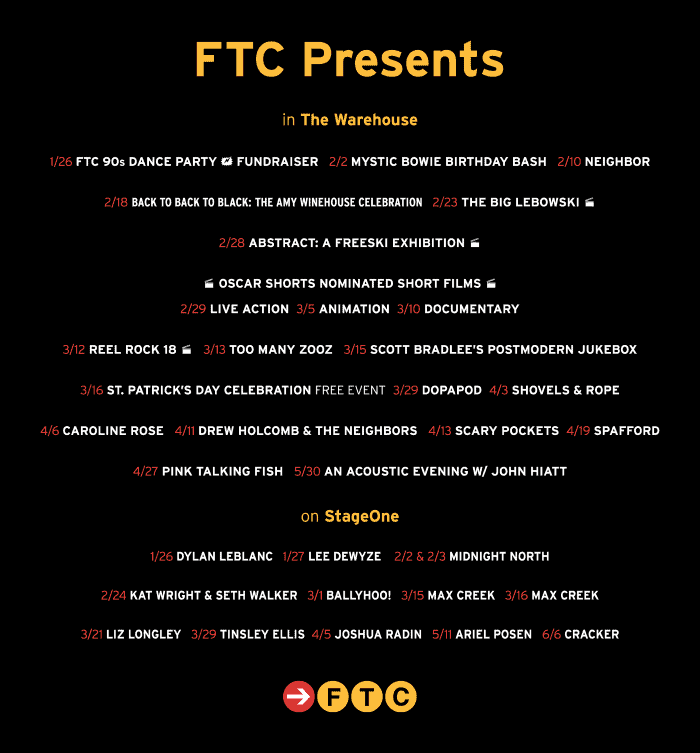A plan aiming to cut commute times by eliminating stops on two Bee-Line bus routes in Westchester County by 25 percent has drawn concern from legislators.
Legislators worry the cuts to the two routes in question, route 7—which runs east and west from Yonkers to New Rochelle—and route 13—running mostly north and south from Ossining to Port Chester—could have significant effects on residents in their districts.

“There’s a bigger issue here than cutting seven minutes on a two-hour line from beginning to end,” said county Legislator Catherine Parker, a Rye Democrat, regarding the 7 line that runs through New Rochelle. “The bigger question is about how we can effectively meet the needs of Westchester County residents.”
Parker, whose district encompasses parts of both lines under scrutiny, said part of her concern falls on the cuts’ effects on senior citizens and young professionals; two of the main demographics taking the train.
“Millennials are far less interested in car ownership and more likely to look for public transport,” Parker said. “We need to be encouraging millennials to come into our communities.”
According to a 2013 comprehensive study from the county, one-third of Bee-Line riders are under the age of 30.
County Legislator Alfreda Williams, a Greenburgh Democrat, whose district would also be affected by the proposed cuts, said she acknowledges the goal of the plan, but worries about its implementations.
“The average trip takes about two hours…. It shouldn’t take someone two hours to get to work in the morning,” Williams said. “We need to make sure [the plan is] advantageous for the rider and consolidated in a way that’s easy to get to.”
Though the county administration recently held a public hearing on Oct. 25, at the Westchester County Center to explain changes and accept feedback, the forum was poorly attended. Parker worries that lack of notice about the informational session may have factored in. “I only heard about the meeting from [a] press release,” she said. “Two days’ notice was not really adequate.”
The proposed alterations to the two bus routes come out of a study initiated by the county in 2015, and a comprehensive analysis of how to optimize the county’s bus system by the county Department of Transportation is projected to be complete by 2017.
According to Williams, the changes to the route stops likely wouldn’t go into effect until late spring 2017.
While the alterations would not require county Board of Legislators’ approval, the final product is still subject to change as residents will have additional opportunities to voice their concerns during public hearings regarding the change. So far, two have been held and according to Williams another will take place at a date yet to be determined.
In the meantime, residents can submit feedback about the changes online at surveymonkey.com/r/BeeLine7 or survey monkey.com/r/BeeLine13.
Daniel Branda, a spokesman for County Executive Rob Astorino, could not be reached for comment as of press time.



